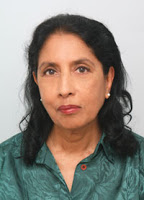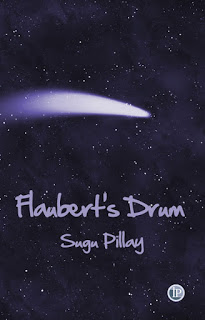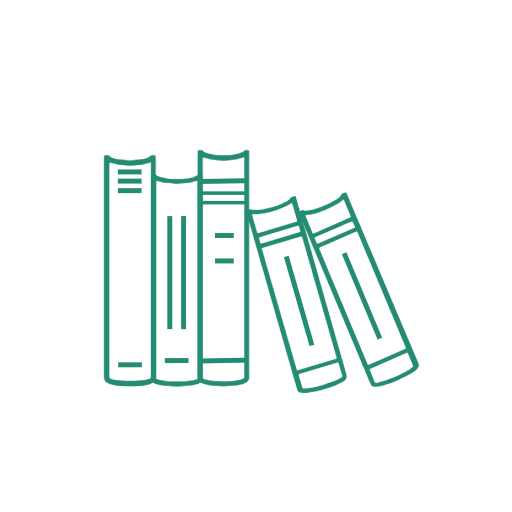Sugu Pillay is a poet and fiction writer who was born in Malaysia and now lives in Wellington. Her writing has appeared in journals, and online, and her first collection of short stories, The Chandrasekhar Limit and Other Stories, was published in 2002.
Sugu’s first poetry collection, Flaubert’s Drum, has just been published by IP. At the time of writing, Sugu and fellow poet Karen Zelas, with publisher and poet Dr David Reiter, are currently touring their new collections around New Zealand – look out for them at a poetry venue near you! I am looking forward to attending their Wellington launch event on Monday 3 September.
I ran the title poem of Sugu’s collection as my Tuesday Poem this week, and Sugu was kind enough to answer the following five questions:
<!–[if !mso]> st1\:*{behavior:url(#ieooui) } <![endif]–>
st1\:*{behavior:url(#ieooui) } <![endif]–>
Stylistically I can’t claim a particular influence. I think every poet you read stays somewhere in your subconscious, surfacing unexpectedly in the midst of your writing, like Donne’s “Busy old fool, unruly Sun” (and Cat Steven’s “Morning is breaking”) ringing in my head as I write “here comes the sun of pop songs/ & metaphysical poets/breaking the morning /with its glare & demands/for purposeful activity”.
It was much later, that I read American, Canadian, Australian and New Zealand poets. When I lived in Auckland for about two years, I was influenced by poets like Michele Leggott, Wystan Curnow and those who were regular contributors to A brief description of the whole world (now abbreviated to brief thankfully!). You would have noticed in my poems the use of borrowed lines in italics. I copied this from Michele Leggott. This was the period when I read voraciously on Post-Modern writing. I absolutely loved the intertextuality dense with references and cross-references. There’s an electricity in subtexts! However, I learnt to write in a variety of ways.
It seems to me while you use poetic devices in many ways to land your poems, you can decide whether you want to parachute to safety and make your poems very accessible to your readers, or you can parachute for sheer fun, use word play and verbal gymnastics creating poems which are fun to unpack. Or you can parachute to a secret destination, leaving no clear guide for the reader, making the poem a challenging “writerly” text inviting the reader’s active participation in the creative process. I hope I have written all three types in Flaubert’s Drum.
5. Finally, and if you don’t mind me asking, what are you working on at present?
I have three plays and a novel in the burner but they’ve been there for quite some time now! For poetry, I have a rather ambitious project, Voices. The inspiration comes from the Upanishads which are ancient Sanskrit texts going back to 800 BC. They are abstract philosophical speculations about Creation, the nature of the Self and Reality. About 14 Upanishads are said to exist but I’ve only read 10 of them in English translation. Here’s a tantalising bit from the Isa Upanishad : “They have put a golden stopper in the neck of the bottle. Pull it, Lord! Let out reality. I am full of longing”.
Book availability details
Flaubert’s Drum is available from IP, from a range of online sources including iTunes and Amazon.com, and through bookshops. The ISBN is ISBN 9781921869945.



I found Sugu's answer to question 4 particularly suggestive with its positing of three different types of poetry. I tend towards her second 'parachute' target, although I think play and critical insight can be closely linked. I think the title poem published on your blog on Tuesday, Tim, was definitely one that invited, even required, the reader's active participation in the process of meaning. It sounds like an interesting and challenging collection, in that all these approaches are present.Now, I wish I were a robot, so I could more easily enter the right words below!